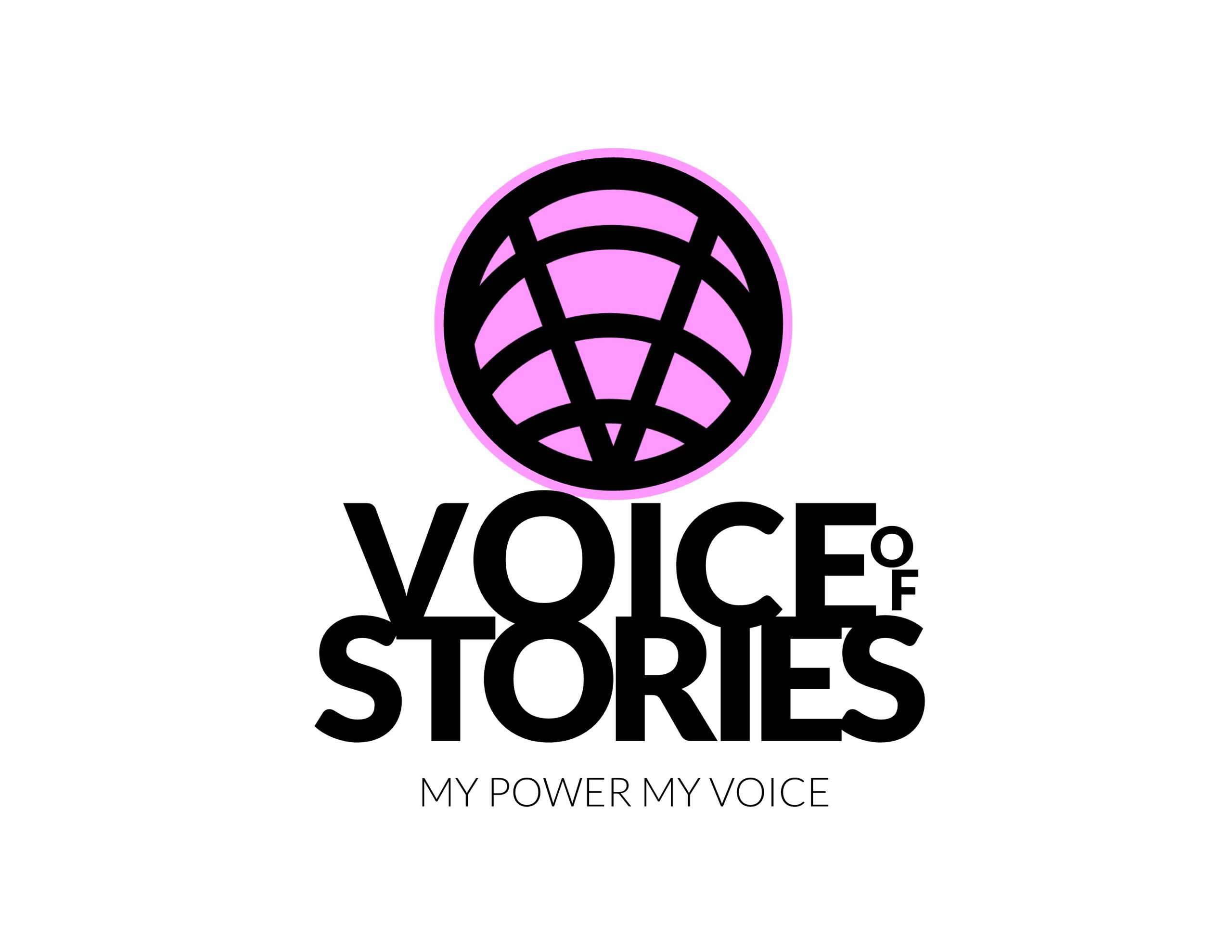Goal: Introduce children and teens to the art of visual storytelling through activities that focus on creating comic strips, storyboards, and illustrated stories.
—
Week 1: Introduction to Visual Storytelling
Objective: Understand the basics of storytelling and the role of visuals in enhancing narratives.
Activity 1: Watch a short animated clip and identify the story elements (characters, setting, conflict, resolution).
Activity 2: Create a one-panel comic strip based on a prompt (e.g., “An unexpected visitor”).
Learning Outcome: Students can identify key elements of visual storytelling and express a simple idea visually.
—
Week 2: Designing Characters and Settings
Objective: Create engaging characters and vivid settings.
Activity 1: Draw or describe a character and their environment using a “Character & Setting Profile” template.
Activity 2: Create a collaborative setting by combining individual character designs into one shared world.
Learning Outcome: Students can design unique characters and detailed settings for their stories.
—
Week 3: Visual Storytelling Techniques
Objective: Explore how visuals communicate emotions, actions, and ideas.
Activity 1: Create a mini-sequence of 3 frames showing a character’s reaction to an event without using words.
Activity 2: Experiment with comic panel shapes and sizes to express mood and action (e.g., tall panels for suspense).
Learning Outcome: Students can use visuals creatively to convey emotions and actions.
—
Week 4: Storyboarding Basics
Objective: Learn to visually plan a story using storyboards.
Activity 1: Break down a favorite fairy tale or story into 4-6 storyboard frames.
Activity 2: Use a blank storyboard template to plan an original story idea.
Learning Outcome: Students can visualize and plan a story through effective storyboarding.
—
Week 5: Creating Comic Strips
Objective: Combine visuals and text to create engaging comic strips.
Activity 1: Plan a 3-panel comic strip featuring a humorous or surprising moment.
Activity 2: Draw and complete the comic strip, focusing on character expressions and speech bubbles.
Learning Outcome: Students can design and complete a comic strip with clear narratives and visuals.
—
Week 6: Illustrated Stories
Objective: Merge text and images to create illustrated stories.
Activity 1: Write a short story (50-100 words) and illustrate key moments.
Activity 2: Share their stories in small groups to receive constructive feedback.
Learning Outcome: Students can create illustrated stories that integrate text and visuals effectively.
—
Week 7: Enhancing Visual Narratives
Objective: Refine and enhance visual storytelling projects.
Activity 1: Revise an earlier storyboard or comic strip, adding more details or refining panel designs.
Activity 2: Use color and shading to bring their stories to life.
Learning Outcome: Students can refine their work and improve their storytelling through visual enhancements.
—
Week 8: Final Showcase – Storytelling Exhibition
Objective: Present completed projects and celebrate achievements.
Activity 1: Host a “Visual Storytelling Fair” where students display their comic strips, storyboards, and illustrated stories.
Activity 2: Reflect on the creative process through a group discussion, sharing lessons learned.
Learning Outcome: Students build confidence in their storytelling abilities and appreciate the value of visual narratives.
Key Skills Developed
Creative thinking and storytelling
Character and setting design
Storyboarding and comic strip creation
Collaborative feedback and refinement



